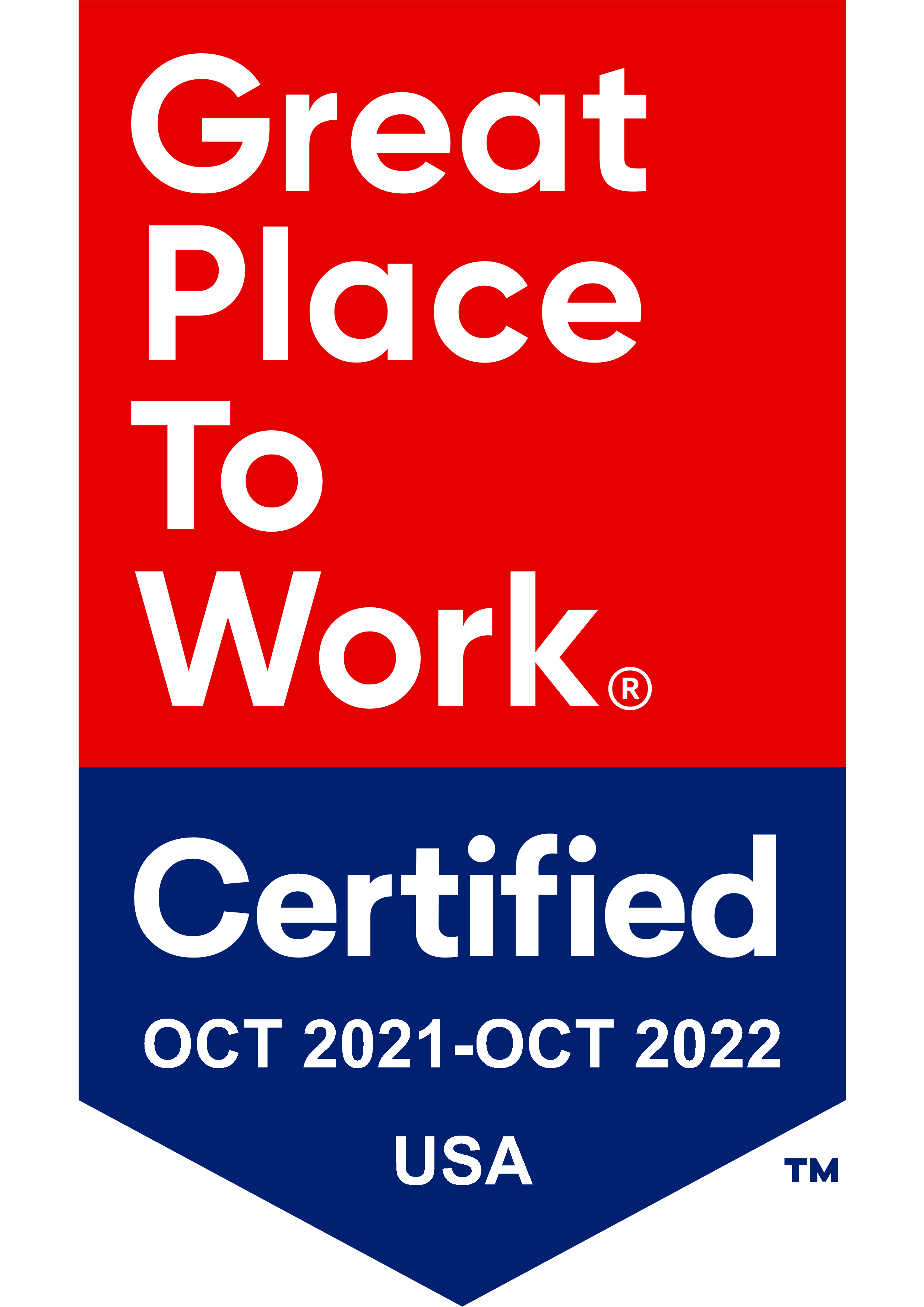 Previously, we wrote about creating your firm’s DMS must-haves list. Now that you have your list compiled, it’s time to discuss your purchasing decision.
Previously, we wrote about creating your firm’s DMS must-haves list. Now that you have your list compiled, it’s time to discuss your purchasing decision.
Before you make your final decision, I’d like to give you a little advice. I’ve seen it all: the good, the bad, and the ugly. What I mean is, I’ve seen firms that are pleased with the DMS they purchased, and firms that really regretted their decision.
Here are the top three areas where I’ve seen firms make purchasing mistakes and how to avoid them.
Too Simple—What Underbuying Looks Like
For firms seeking to move documents to a cloud-based system, the reality is that there are many cloud-based services that offer basic functionality. In hindsight, many firms who moved to a cloud-based document service that relies heavily on a folder structure express buyer’s remorse. While the system addressed their need for mobile access, it did not successfully address efficiency, organizational structure or consistency issues.
When evaluating cloud-based DMS, besides checking out the fundamentals of security and compliance, be certain that moving your firm’s files to mobile access offers you more than a folder tree on the internet. Otherwise, this is a lateral move and does not address the pain points most advisory firms seek to remedy. Anyone who has experienced lateral moves, whether in their career or in a software migration describe a lateral move as trading the problems they know for the problems they don’t know.
Moving software platforms, regardless of type, needs to provide much more than a lateral move for it to be worth your while.
In reality, you want to upgrade how your firm manages documents and information throughout your organization, and not just for your client service team. Don’t forget about your back office team, including team members who work with human resources and investment research, accounting and marketing documents.
Too Complex—What Overbuying Looks Like
First, think about how much your firm and its project manager can permanently manage. Think about your Client Relationship Management (CRM) software as a good example. If your firm is already a heavy user of a CRM system, then do you also have the internal bandwidth to assign similar resources—people, time and expertise—to a document management system? If you don’t want a full-time document management administrator, no matter how many bells and whistles are associated with it, then scale back your aspirations of how much DMS to purchase.
Software can be like any hobby. When you get really serious about it, a single software platform can require its own dedicated resource. If that doesn’t sound like something you want to sign up for, then take another look at your priority list (“We want DMS to function without a lot of administrative overhead”), that will give you a feel for the best fit.
Some questions to help prevent you from overbuying are:
- Do you see several features you just know your firm will never get around to using or that you won’t realistically implement?
- What type of evaluation guide are you provided with?
We’ve seen DMS “must-have” feature guides that are 20 pages long. That alone will give you a tip of whether this is a good fit for your firm. If the buying guide is that long, what does the help system look like?
Interestingly enough, in a 2010 benchmarking study by brokerage and banking company Charles Schwab of advisors with $100 million or more under management, advisors reported the same time savings in document management as they did in CRM, an astounding 15%. That’s over an hour a day’s worth of work in a 40-hour work week. At the time of the survey, many firms were heavily invested in setting up workflow automation in their CRMs, yet most firms that had document management were simply just using it. Why bring up a report from a few years ago? Answer: Context.
These findings illustrate that even though both CRM and DMS platforms came in an at a dramatic 15% time savings (that’s six hours per week per employee!) DMS has a much greater ROS (Return On Software) than CRM, for the simple reason that DMS costs considerably less to purchase and less time to implement.
Support: How Much Can You DIY Versus Needing to Hire Help?
We tend to look at hiring technology help much like a financial advisor looks at how clients hire them. Think about your own client base. Chances are good there is a percentage of clients who come to you because:
- They have little planning or investment expertise
- They have expertise, but not enough time to do it themselves
- They can use your expertise to kick start, but no matter how well-intentioned they are, you know they won’t really stay on top of managing their financial lives. Part of your value to this last group is that you make them show up and do the work–update their estate plan, etc.
Many firms have savvy employees who are amazing with technology. However, there is a really different skill set involved in being a savvy software user compared to someone whose profession is setting up a system to accommodate every role’s needs and shepherding 10, 20 or 100 people through that transition.
We hear this often from advisory firms when it comes to implementing software: “We don’t know what we don’t know.”
Trumpet’s Best Advice to You
Don’t “self-fund” your knowledge by trying to figure it out for yourself. You just don’t have time to do it, and your teams don’t have the time, patience or inclination for redos to fix mistakes or change things they wished they’d have understood better.
It’s more appealing and cost-effective to develop or consume expertise under the watchful guidance of a mentor specializing in the platform instead of doing it yourself. You’ll save yourself more time and money by setting up the system intentionally from the get-go and addressing the “I don’t know what I don’t know” question then creating mistakes you could’ve avoided “if you only knew XYZ.”
Every firm has different needs, so it’s important to always keep them in mind. When you lose sight of why you are purchasing the document management system in the first place, you’ll end up purchasing one that doesn’t solve your problems. Remember these 3 mistakes to avoid buyer’s remorse.
Download our Technology Toolkit for RIAs to keep you from underbuying or overbuying on any technology solution, whether you're ready to consider document management or now. Download the entire toolkit for free by clicking below.





